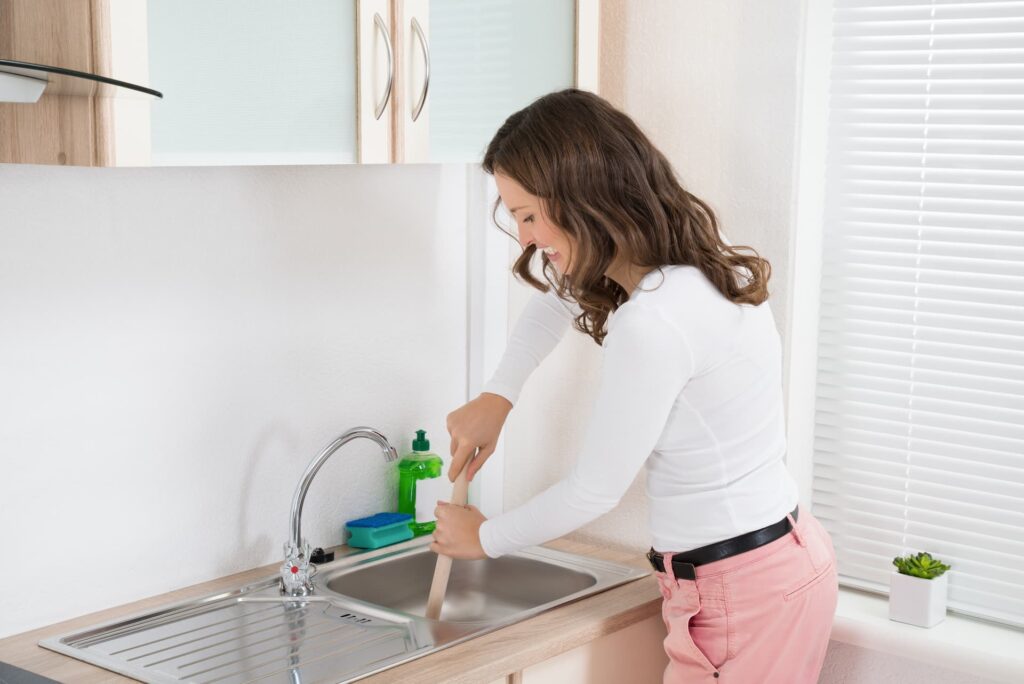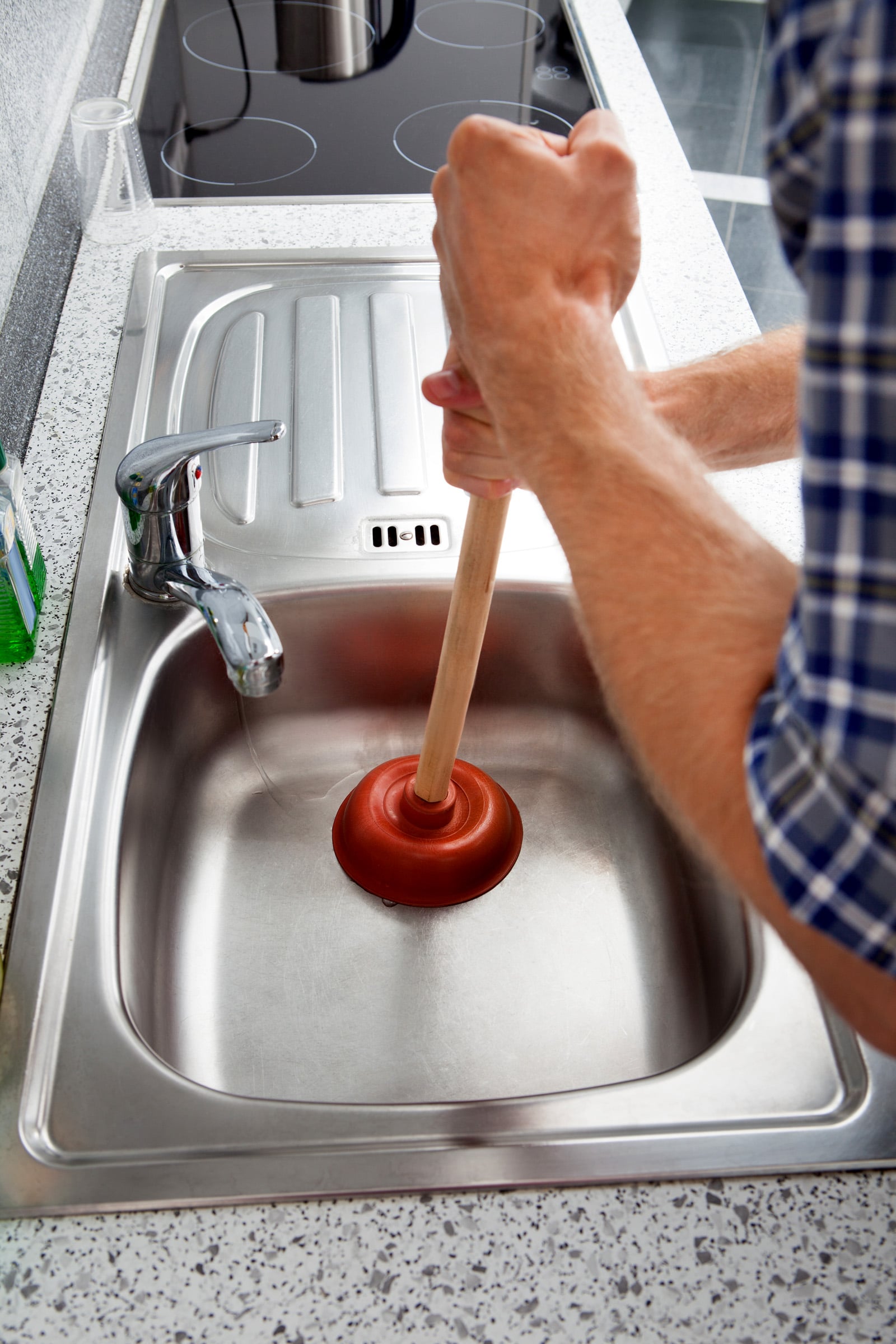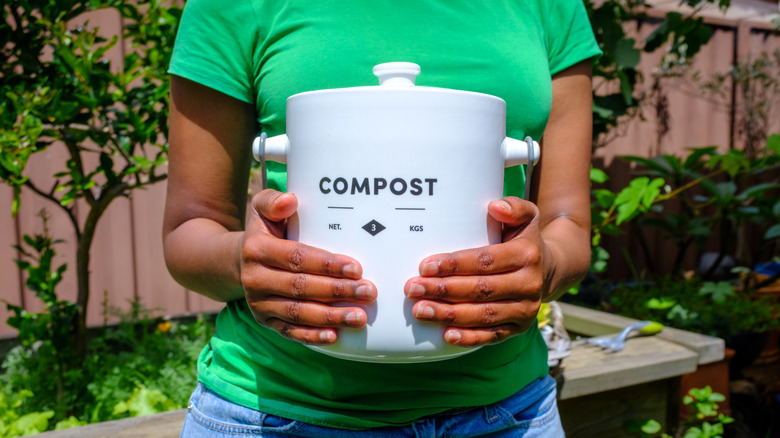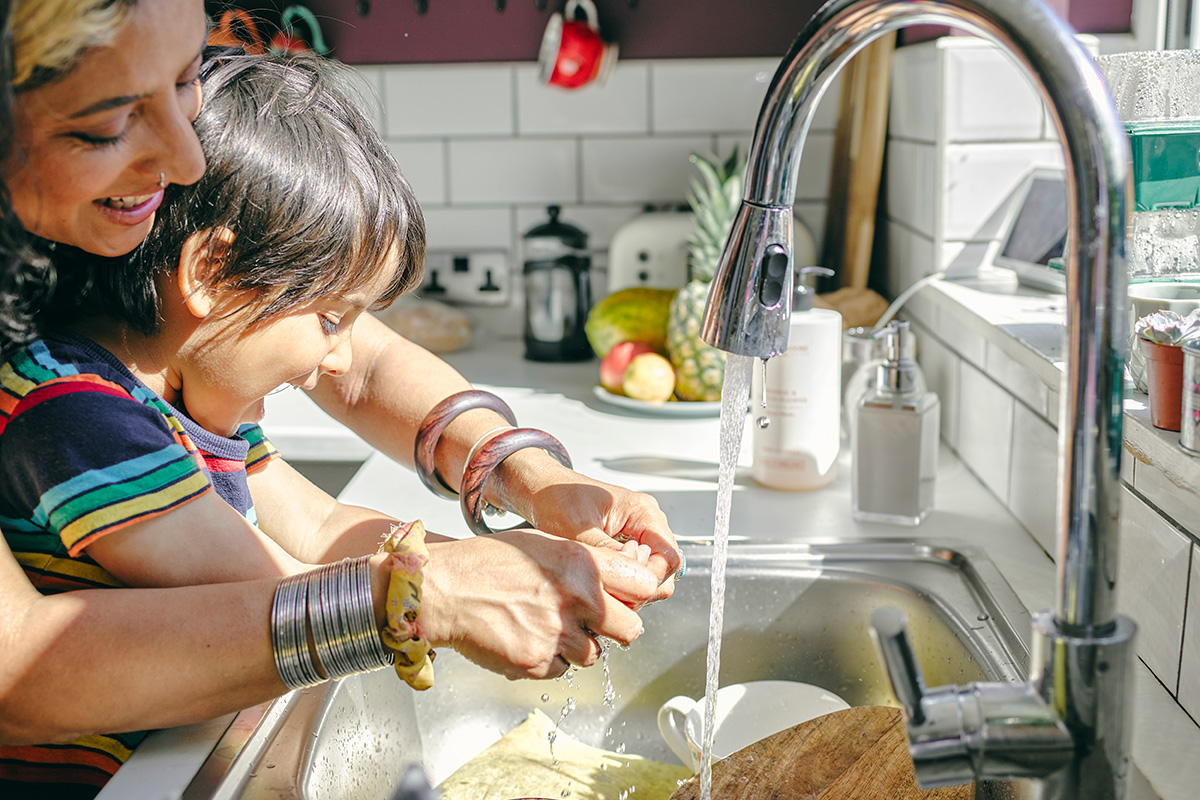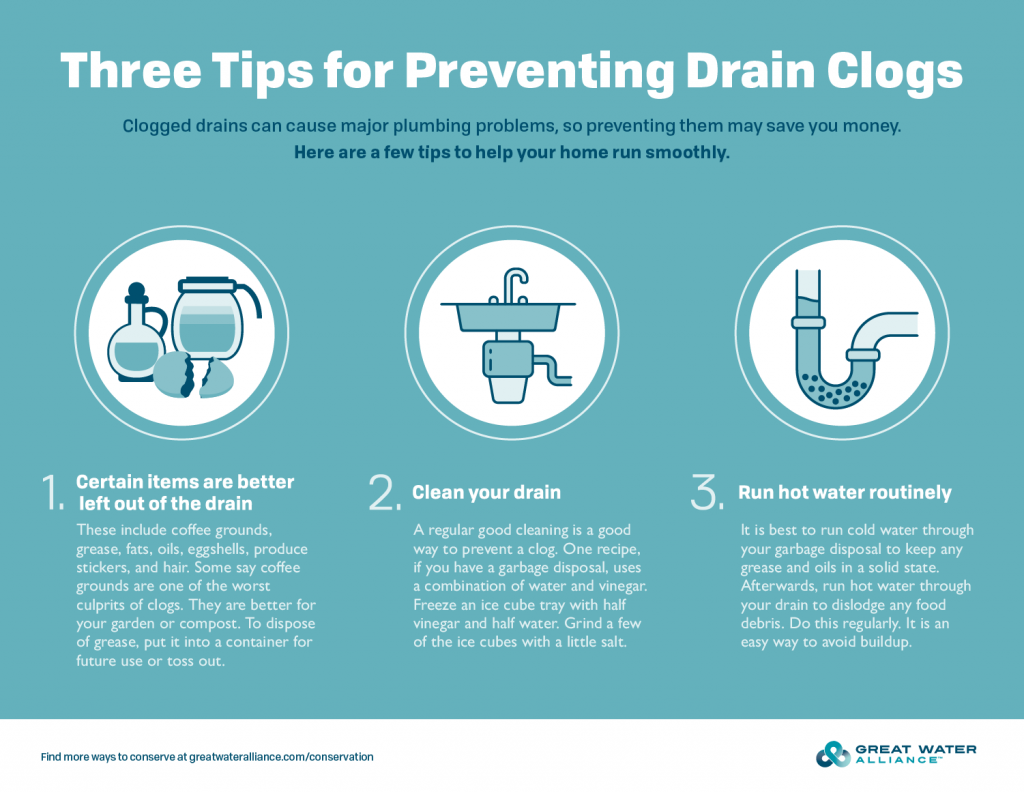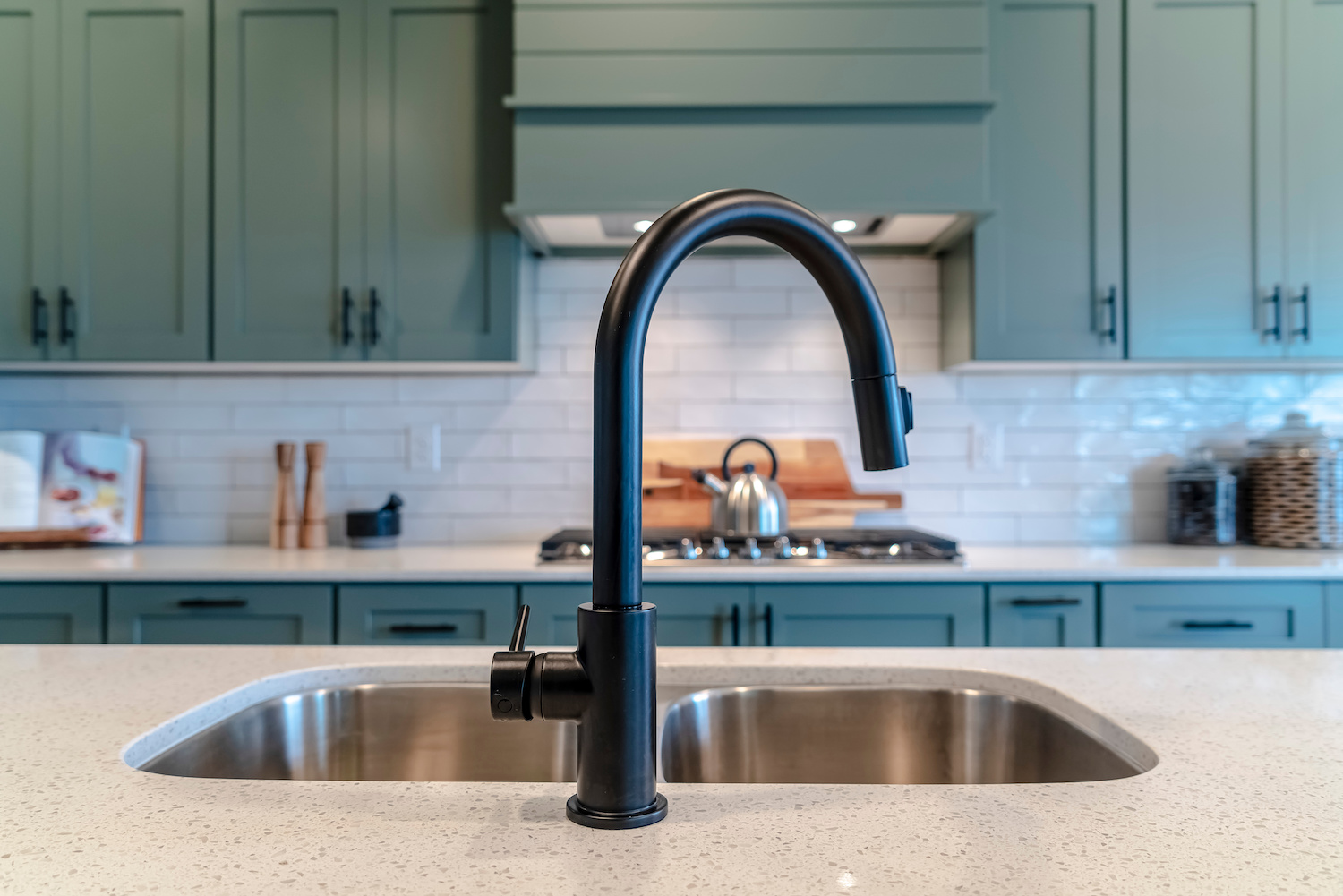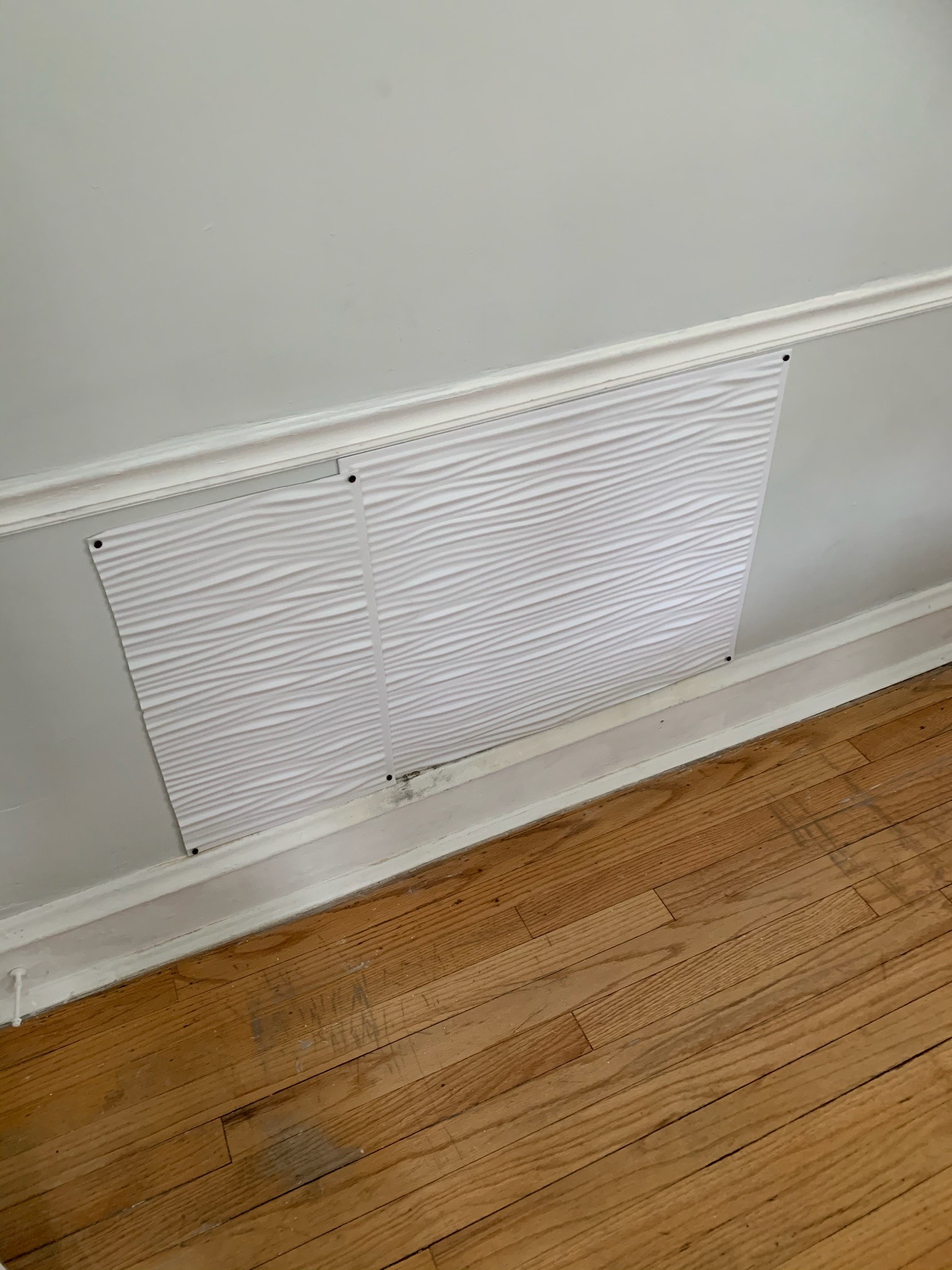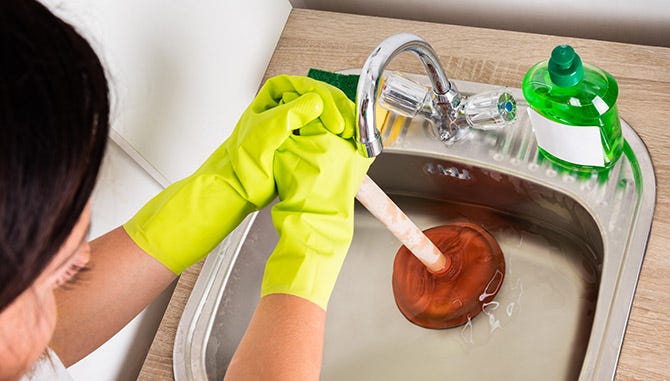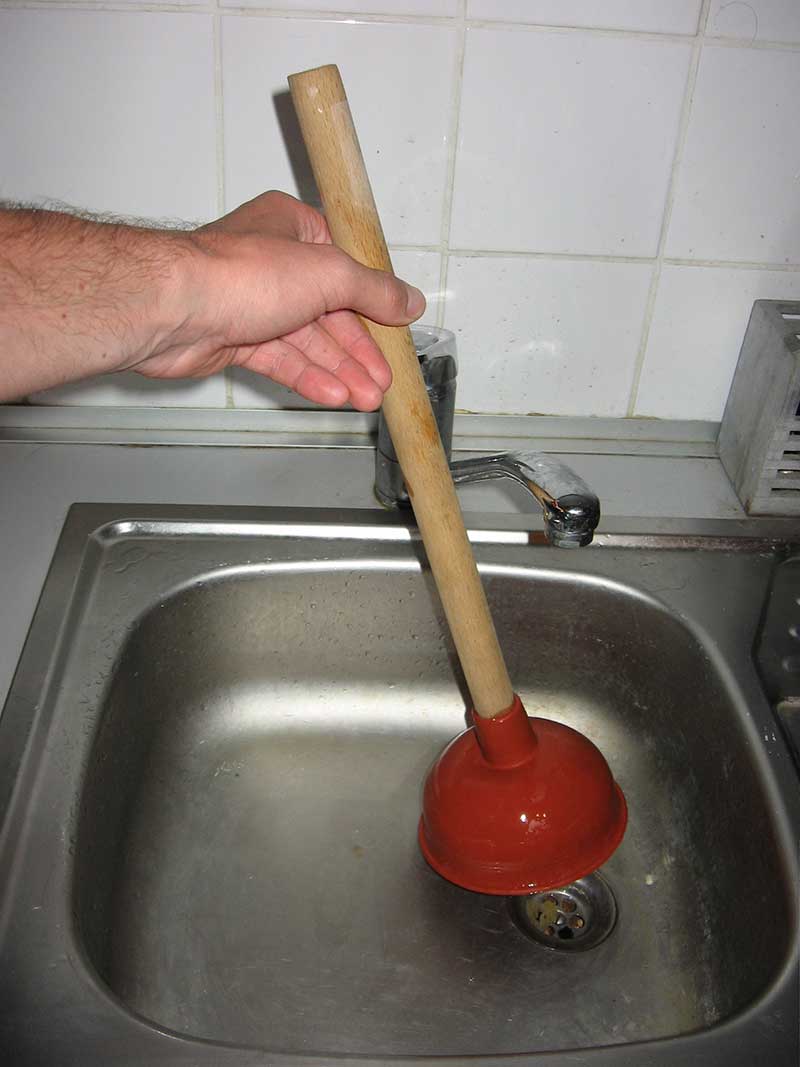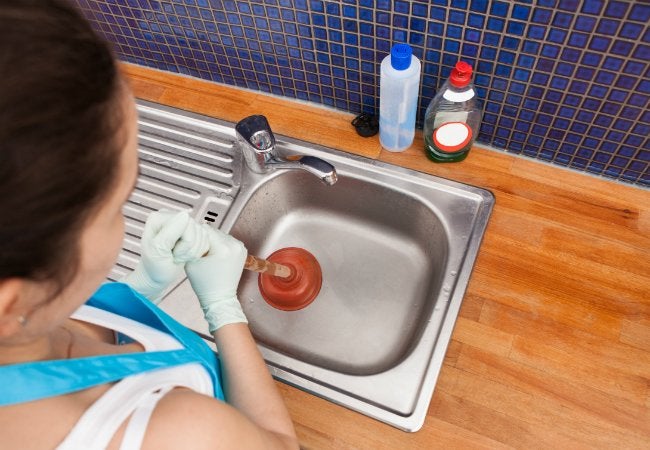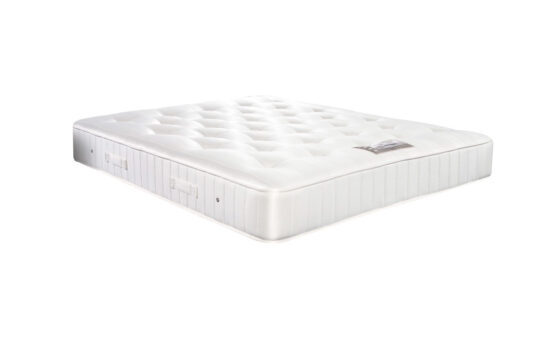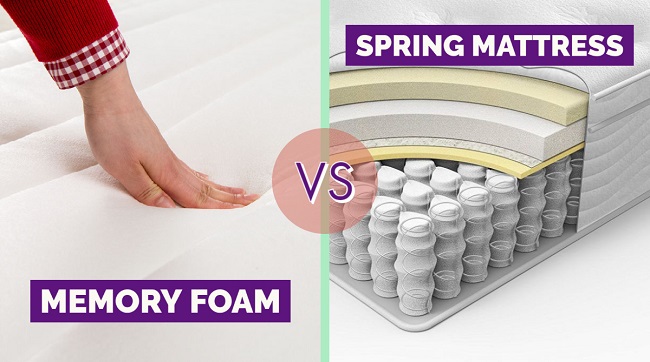How to Remove a Kitchen Sink Clog
If you've ever experienced a clogged kitchen sink, you know how frustrating it can be. Not only does it disrupt your daily routine, but it can also lead to unpleasant odors and potential damage to your pipes. Luckily, with the right tools and techniques, you can easily remove a kitchen sink clog on your own.
How to Unclog a Kitchen Sink
Before you start removing a kitchen sink clog, it's important to understand the cause of the blockage. Most clogs are caused by a buildup of food scraps, grease, and other debris in the pipes. To begin, try using a plunger to break up the clog and push it through the pipes. If that doesn't work, move on to other methods.
DIY Kitchen Sink Clog Removal
If a plunger doesn't do the trick, there are several DIY methods you can try to remove a kitchen sink clog. One popular method is using a mixture of baking soda and vinegar. Pour half a cup of baking soda down the drain, followed by half a cup of vinegar. Let the mixture sit for about 15 minutes, then flush it with hot water. The chemical reaction between the two ingredients can help break up the clog.
Best Methods for Removing Kitchen Sink Clogs
Another effective DIY method is using a plumbing snake or auger. These tools are designed to reach deep into the pipes and break up clogs. Simply insert the snake into the drain and turn the handle to push it through the pipes. Once you feel resistance, gently twist and push to break up the clog.
Unclogging a Kitchen Sink with Natural Ingredients
If you prefer to use natural ingredients, there are a few other options you can try. For example, pouring hot water down the drain can help loosen and flush out clogs. You can also try using a mixture of salt and hot water, or a combination of salt, baking soda, and vinegar. These methods may take a bit longer to work, but they can be just as effective as chemical cleaners.
Tools for Removing Kitchen Sink Clogs
Aside from a plunger and plumbing snake, there are a few other tools that can make removing a kitchen sink clog easier. A wet/dry vacuum can be used to suck out the clog, while a drain cleaning tool can be inserted into the drain and used to break up the blockage. If you're unsure about using these tools, it's best to call a professional for help.
Preventing Kitchen Sink Clogs
The best way to deal with a kitchen sink clog is to prevent it from happening in the first place. To avoid future blockages, make sure to regularly clean your sink and dispose of food scraps properly. You can also use a drain strainer to catch any debris before it goes down the drain.
Professional Kitchen Sink Clog Removal Services
If all else fails, don't hesitate to call a professional for help. A licensed plumber will have the necessary tools and expertise to quickly and effectively remove a kitchen sink clog. They can also provide advice on how to prevent clogs in the future.
Common Causes of Kitchen Sink Clogs
Understanding the common causes of kitchen sink clogs can help you prevent them from happening. Some of the most common culprits include food scraps, grease, soap scum, and hair. To avoid these clogs, make sure to properly dispose of food scraps and avoid pouring grease down the drain.
How to Use a Plunger to Remove a Kitchen Sink Clog
Using a plunger is one of the simplest and most effective ways to remove a kitchen sink clog. Start by filling the sink with a few inches of water to create suction. Place the plunger over the drain and push down gently, then pull up quickly to create suction. Repeat this motion several times until the clog is dislodged.
In conclusion, removing a kitchen sink clog may seem like a daunting task, but with the right tools and techniques, it can be a quick and easy process. Remember to regularly clean your sink and dispose of food scraps properly to prevent future clogs. If DIY methods don't work, don't hesitate to call a professional for help. With these tips, you can keep your kitchen sink clog-free and functioning properly.
The Importance of Maintaining a Clear Kitchen Sink
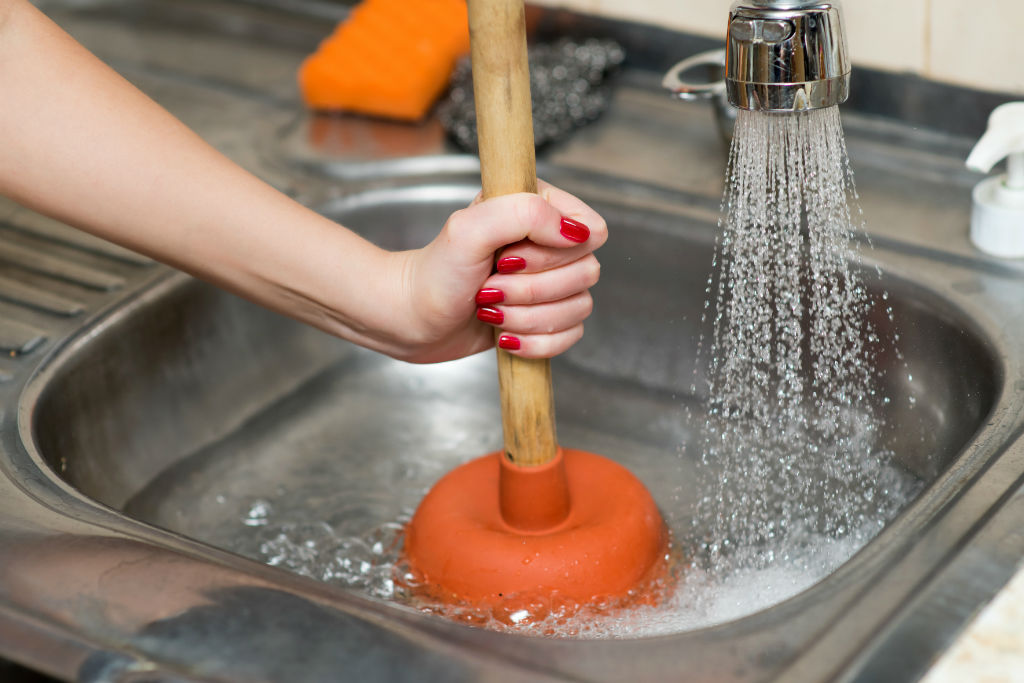
Why a Kitchen Sink Clog Can Cause Major Problems
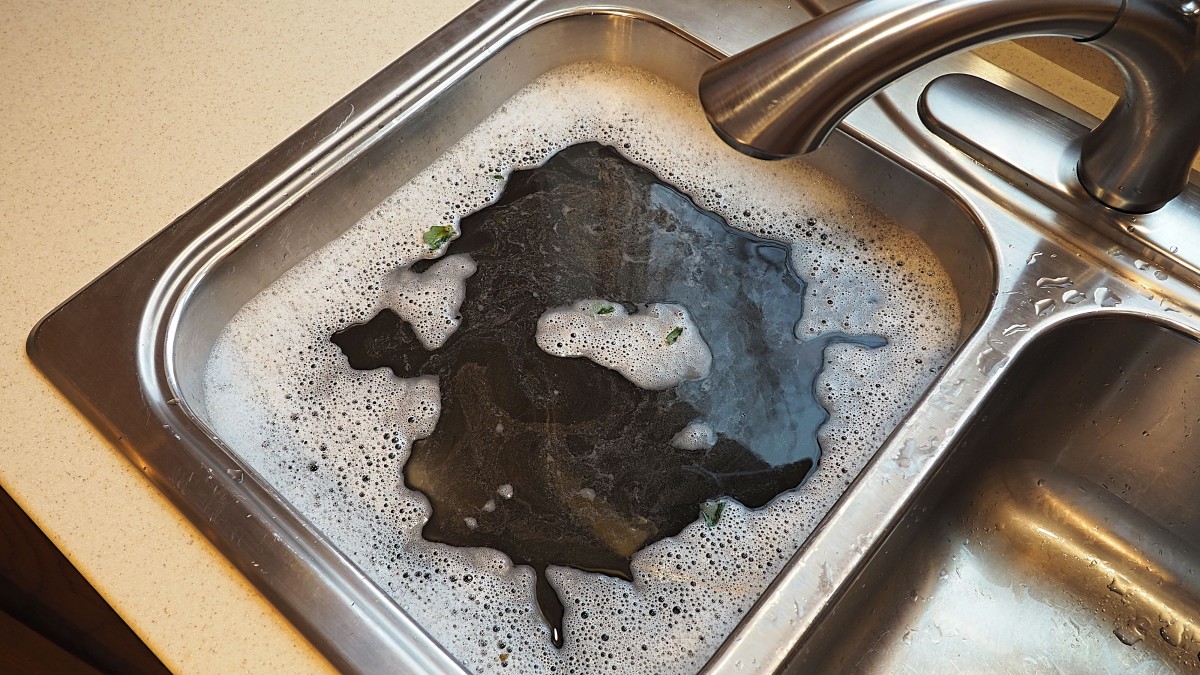 A clogged kitchen sink is a common household issue that can cause major problems if left untreated. Not only can it disrupt daily activities such as washing dishes and cooking, but it can also lead to more serious plumbing issues. When a kitchen sink becomes clogged, it can cause slow draining, unpleasant odors, and in extreme cases, even cause the sink to overflow. This not only creates a mess, but it can also damage the surrounding area and potentially lead to costly repairs. Therefore, it is important to know how to properly remove a kitchen sink clog and prevent it from happening in the first place.
A clogged kitchen sink is a common household issue that can cause major problems if left untreated. Not only can it disrupt daily activities such as washing dishes and cooking, but it can also lead to more serious plumbing issues. When a kitchen sink becomes clogged, it can cause slow draining, unpleasant odors, and in extreme cases, even cause the sink to overflow. This not only creates a mess, but it can also damage the surrounding area and potentially lead to costly repairs. Therefore, it is important to know how to properly remove a kitchen sink clog and prevent it from happening in the first place.
The Causes of a Kitchen Sink Clog
 There are several reasons why a kitchen sink can become clogged. The most common culprits are food scraps, oil and grease, and soap scum. Over time, these substances can build up in the pipes and cause a blockage, making it difficult for water to flow freely. Additionally, small objects such as utensils or debris can accidentally fall into the sink and get stuck in the drain, contributing to a clog. It is also possible for a clog to occur further down in the main plumbing line, which may require professional assistance to resolve.
There are several reasons why a kitchen sink can become clogged. The most common culprits are food scraps, oil and grease, and soap scum. Over time, these substances can build up in the pipes and cause a blockage, making it difficult for water to flow freely. Additionally, small objects such as utensils or debris can accidentally fall into the sink and get stuck in the drain, contributing to a clog. It is also possible for a clog to occur further down in the main plumbing line, which may require professional assistance to resolve.
The Importance of Removing a Kitchen Sink Clog
 A clogged kitchen sink may seem like a minor inconvenience, but it can lead to more serious problems if not addressed promptly. As mentioned before, it can cause slow draining and unpleasant odors, but it can also attract pests and bacteria. The standing water in a clogged sink can also become a breeding ground for mold and mildew, which can be harmful to one's health. Furthermore, if the clog is left untreated, it can put added pressure on the pipes and potentially lead to leaks or burst pipes. This can result in water damage to the surrounding area and require costly repairs.
A clogged kitchen sink may seem like a minor inconvenience, but it can lead to more serious problems if not addressed promptly. As mentioned before, it can cause slow draining and unpleasant odors, but it can also attract pests and bacteria. The standing water in a clogged sink can also become a breeding ground for mold and mildew, which can be harmful to one's health. Furthermore, if the clog is left untreated, it can put added pressure on the pipes and potentially lead to leaks or burst pipes. This can result in water damage to the surrounding area and require costly repairs.
How to Remove a Kitchen Sink Clog
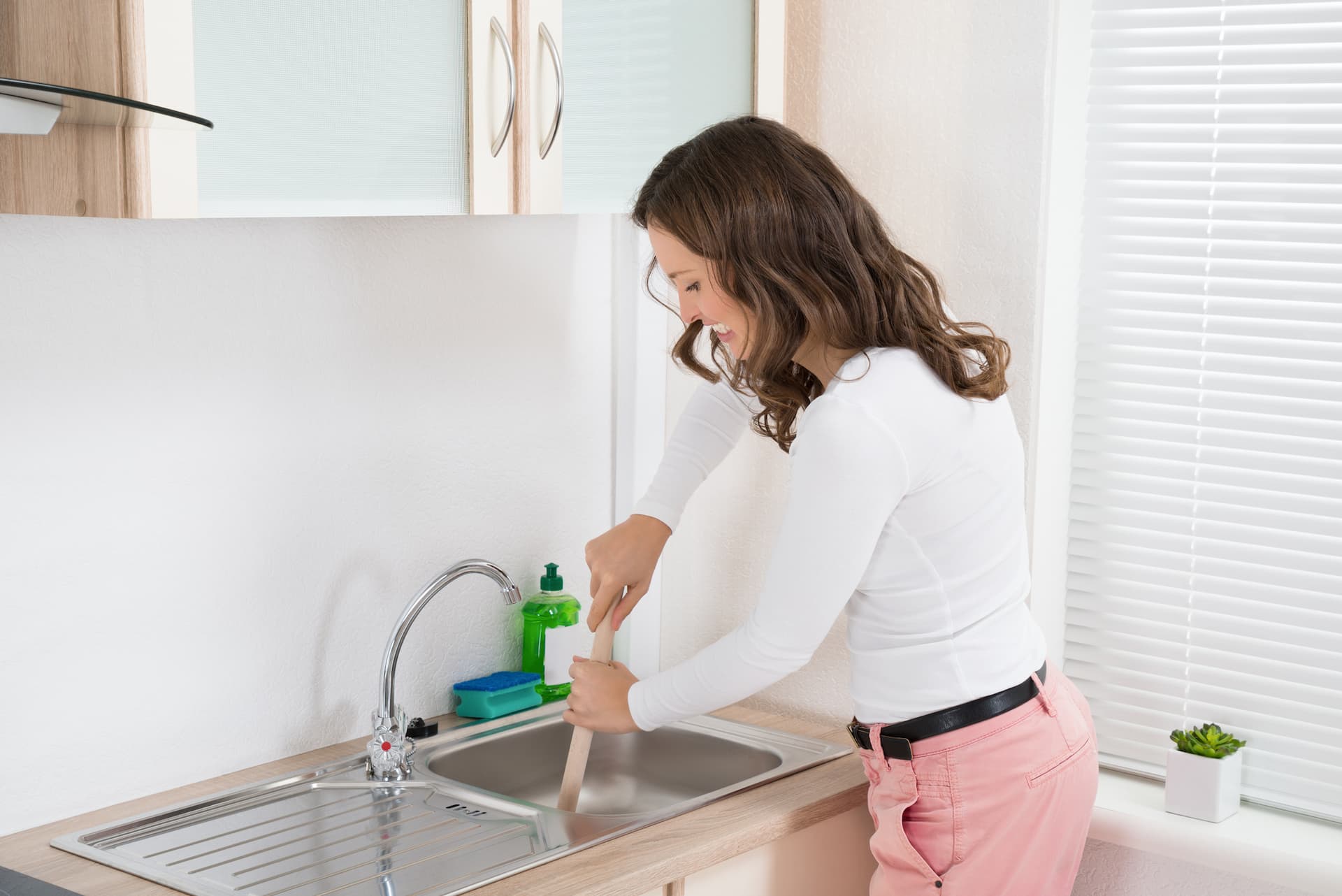 Fortunately, there are several methods for removing a kitchen sink clog. The first step is to try using a plunger to dislodge the clog. If that does not work, a mixture of
baking soda and vinegar
can be poured down the drain to break up the clog. Hot water can also be used to help flush out the debris. In more stubborn cases, a plumber's snake or a
chemical drain cleaner
may be necessary. It is important to follow the instructions carefully and take necessary safety precautions when using these methods.
Fortunately, there are several methods for removing a kitchen sink clog. The first step is to try using a plunger to dislodge the clog. If that does not work, a mixture of
baking soda and vinegar
can be poured down the drain to break up the clog. Hot water can also be used to help flush out the debris. In more stubborn cases, a plumber's snake or a
chemical drain cleaner
may be necessary. It is important to follow the instructions carefully and take necessary safety precautions when using these methods.
Preventing Future Clogs
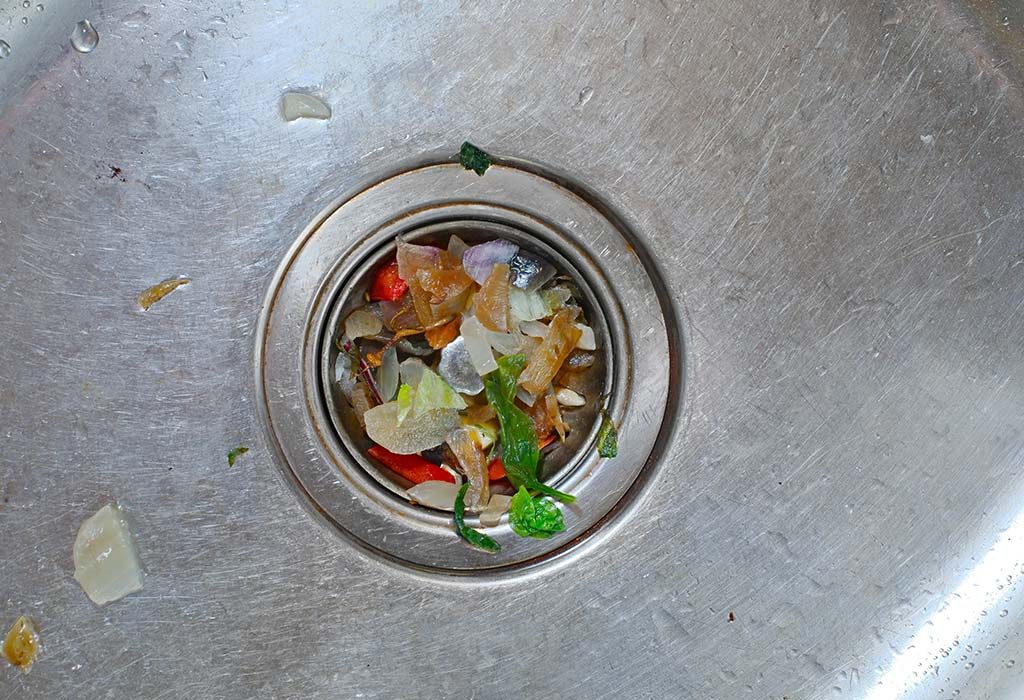 Prevention is key when it comes to avoiding a kitchen sink clog. Some simple steps that can be taken include
scraping food scraps into the trash
instead of rinsing them down the sink, disposing of oil and grease properly, and regularly
cleaning the sink and drain
to remove any build-up. It is also important to be mindful of what is put down the sink and to avoid disposing of large objects or substances that may cause a clog.
In conclusion, a clogged kitchen sink may seem like a minor inconvenience, but it can lead to major problems if not properly addressed. Regular maintenance and taking preventative measures can go a long way in avoiding a clog. However, if a clog does occur, it is important to know how to remove it safely and effectively. By following these tips, you can keep your kitchen sink clear and functioning properly.
Prevention is key when it comes to avoiding a kitchen sink clog. Some simple steps that can be taken include
scraping food scraps into the trash
instead of rinsing them down the sink, disposing of oil and grease properly, and regularly
cleaning the sink and drain
to remove any build-up. It is also important to be mindful of what is put down the sink and to avoid disposing of large objects or substances that may cause a clog.
In conclusion, a clogged kitchen sink may seem like a minor inconvenience, but it can lead to major problems if not properly addressed. Regular maintenance and taking preventative measures can go a long way in avoiding a clog. However, if a clog does occur, it is important to know how to remove it safely and effectively. By following these tips, you can keep your kitchen sink clear and functioning properly.






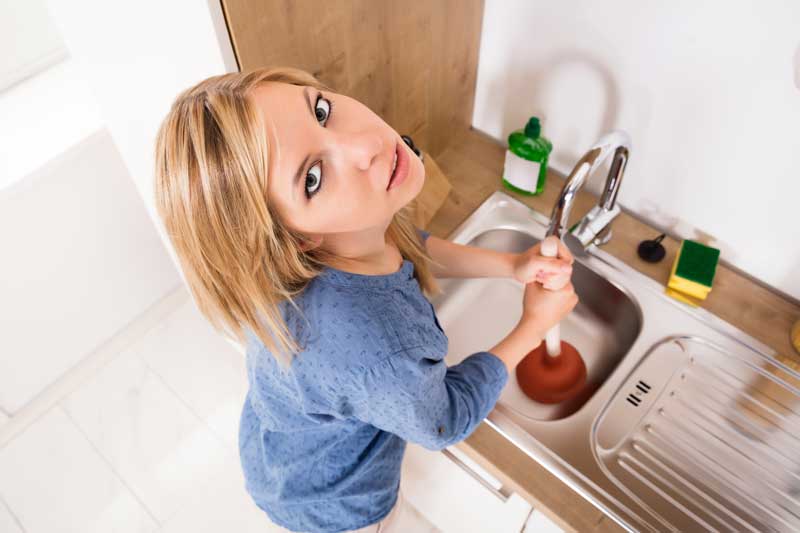
/plumber-unclogging-kitchen-sink-169270382-5797a9355f9b58461f27f024.jpg)
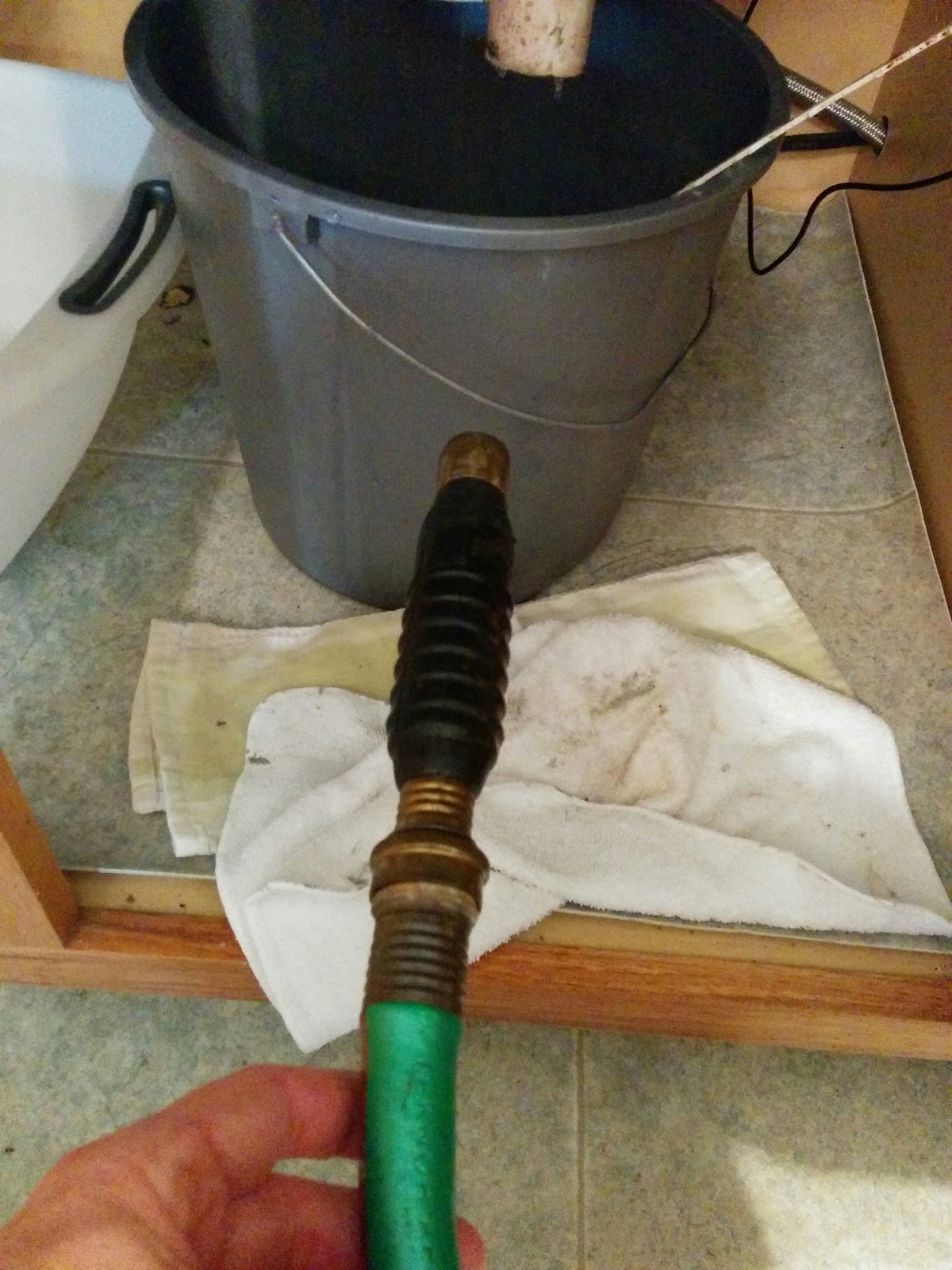

/how-to-unclog-a-kitchen-sink-2718799_sketch_FINAL-8c5caa805a69493ab22dfb537c72a1b7.png)

















